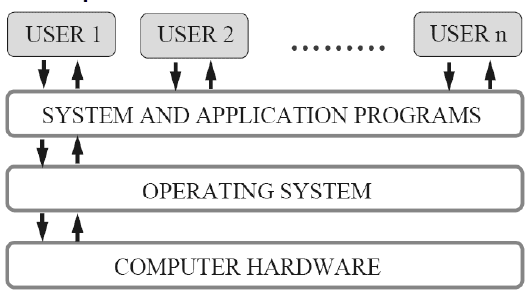Frequency Content of Physiological Signals
The frequency content of physiological signals refers to the range of frequencies that constitute these signals, which are vital in various medical and research applications. Different physiological signals have characteristic frequency ranges that can be analyzed to extract meaningful information about the underlying biological processes. Here’s a detailed look at the frequency content of some common physiological signals:
Electroencephalography
(EEG)
EEG measures electrical activity in
the brain. The frequency content of EEG signals is typically divided into
different bands, each associated with different states of brain activity:
- Delta (0.5 - 4 Hz):
Associated with deep sleep.
- Theta (4 - 8 Hz):
Linked to light sleep, relaxation, and meditation.
- Alpha (8 - 13 Hz):
Seen in relaxed, awake states with closed eyes.
- Beta (13 - 30 Hz):
Associated with active thinking and alertness.
- Gamma (30 - 100 Hz):
Linked to high-level cognitive functioning and information processing.
Electrocardiography
(ECG)
ECG measures the electrical activity
of the heart. The primary frequency content of ECG signals falls within:
- 0.05 - 100 Hz,
with the most significant components between 0.5 and 50 Hz. The P wave,
QRS complex, and T wave each have distinct frequency characteristics:
- P wave:
~0.67 Hz
- QRS complex:
~10-50 Hz
- T wave:
~1-7 Hz
Electromyography
(EMG)
EMG measures electrical activity
produced by skeletal muscles. The frequency content varies depending on the
muscle and type of activity but generally falls within:
- 10 - 500 Hz,
with the dominant frequencies typically between 50 and 150 Hz.
Blood
Pressure Waveforms
Blood pressure waveforms, such as
arterial blood pressure (ABP), have frequency content that is typically within:
- 0 - 20 Hz,
with important components related to heartbeats and respiratory
influences.
Respiratory
Signals
Respiratory signals measure the rate
and pattern of breathing. The frequency content of these signals is usually:
- 0.1 - 0.5 Hz
for normal breathing rates (6-30 breaths per minute).
Galvanic
Skin Response (GSR)
GSR measures changes in skin
conductance due to sweating, which is related to emotional and physiological
arousal. The frequency content is generally low:
- 0 - 1 Hz,
with most activity below 0.5 Hz.
Photoplethysmography
(PPG)
PPG measures blood volume changes in
the microvascular bed of tissue, often used in pulse oximeters. The frequency
content primarily includes:
- 0.5 - 5 Hz,
with the fundamental heart rate frequency (0.5 - 2 Hz) and respiratory
influences (~0.1 - 0.5 Hz).
Analysis
Techniques
To analyze the frequency content of
these signals, various techniques are employed:
- Fourier Transform (FT): Converts the signal from the time domain to the
frequency domain, providing a frequency spectrum.
- Fast Fourier Transform (FFT): An efficient algorithm to compute the FT, widely used
for signal processing.
- Wavelet Transform:
Analyzes signals at different scales or resolutions, useful for
non-stationary signals like EEG.
- Power Spectral Density (PSD): Estimates the power distribution of a signal over
frequency, giving insight into the signal's frequency content.
- Short-Time Fourier Transform (STFT): Provides time-frequency analysis, useful for signals
whose frequency content changes over time.
Applications
Understanding the frequency content
of physiological signals is crucial for:
- Medical Diagnostics:
Identifying abnormalities such as arrhythmias in ECG or epileptic seizures
in EEG.
- Monitoring:
Continuous monitoring of vital signs in critical care or during surgery.
- Research:
Studying brain function, muscle activity, and other physiological
processes.
- Biofeedback and Neurofeedback: Using real-time feedback of physiological signals to
promote relaxation or improve cognitive function.
The frequency content of
physiological signals provides a wealth of information that is essential for
diagnosing and understanding various biological processes and conditions.



Comments
Post a Comment